For the past week, we’ve been explorating nine different growing regions across China and nine different families. As we explore, we’re working to understand what it is about each region that makes each unique, teasing apart how regional differences influence the values of growers and craftspeople, and why our partners’ particular combination of weather, soil, varietal and craft brings them awards, national recognition and inspiring tea.
Part three of this series explores one of the hidden gems of Chinese tea. We continue our ongoing Field Guide series by focusing on our oldest partner farmers: the He Family in Laoshan. Below, we’ll travel to Laoshan, a Taoist holy mountain where the the northernmost tea in China grows in a uniquely cool ocean climate.


PART THREE: the He Family
Laoshan Village, Shandong
The Place:
The Laoshan mountain range carves a uniquely green microclimate in an otherwise dry and cold Shandong province.
Its precious mountain springs and iconic rock formations make the Laoshan national park famous across China. Its status as an historic Taoist holy mountain draws tourists and pilgrims alike.
While most tea growing regions are at least several hundred miles inland from the ocean, Laoshan is right on the northern coast of China. Here, the ocean mist is caught by the mountains. Even close to sea level, Laoshan enjoys a generally cool and windy climate with natural shade and warmer winters than inland regions beyond the mountains.
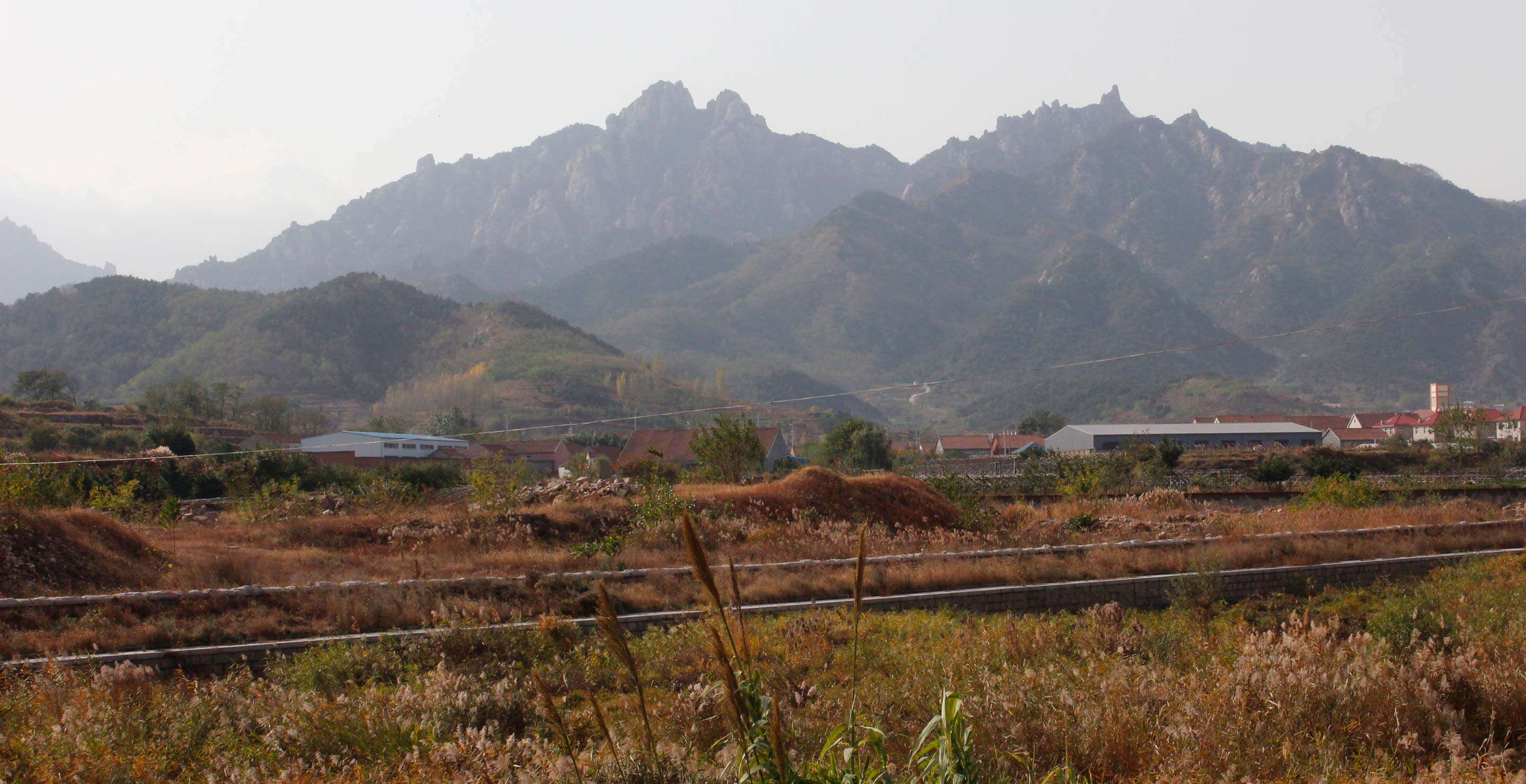



Kickstart your tea discovery with a free tea sampler!
Just sign up for our daily deal newsletter and we'll send you a special coupon
Just two generations ago, farmers in Laoshan grew corn, soybeans and potatoes or took to the sea to fish and harvest shellfish in the tidal beds. Tea is extremely new to the region, and one that the He family had a direct hand in.
The fact that tea is not a traditional part of northern Chinese agriculture or tradition is a critically important part of the “terroir” for the region. Unbound by tradition, there is more open-mindedness to experiment with agricultural techniques and innovative and hybrid crafting styles.


The earliest tea in the area grew high in the mountains of Laoshan in the Taoist temple courtyards, but today, most tea in Laoshan is actually grown very close to sea level. Part of this is because the mountainsides are almost entirely part of the national park preserve. More importantly, the wind and cool air keep away the insects you’d generally expect at low elevation, and the ocean mist creates the shade that you’d normally get with high elevation cloud cover.hern Chinese agriculture or tradition is a critically important part of the “terroir” for the region. Unbound by tradition, there is more open-mindedness to experiment with agricultural techniques and innovative and hybrid crafting styles.


Before gaining fame for tea, Laoshan was famous as a source of spring water. Laoshan spring water is sought after across China as one of the sweetest natural springs. The tea of the region enjoys rich, sweet spring water and rocky mountain soil along with cold weather and shade, all of which come together for a flavor in tea more similar to Japanese green teas than to southern Chinese tea.
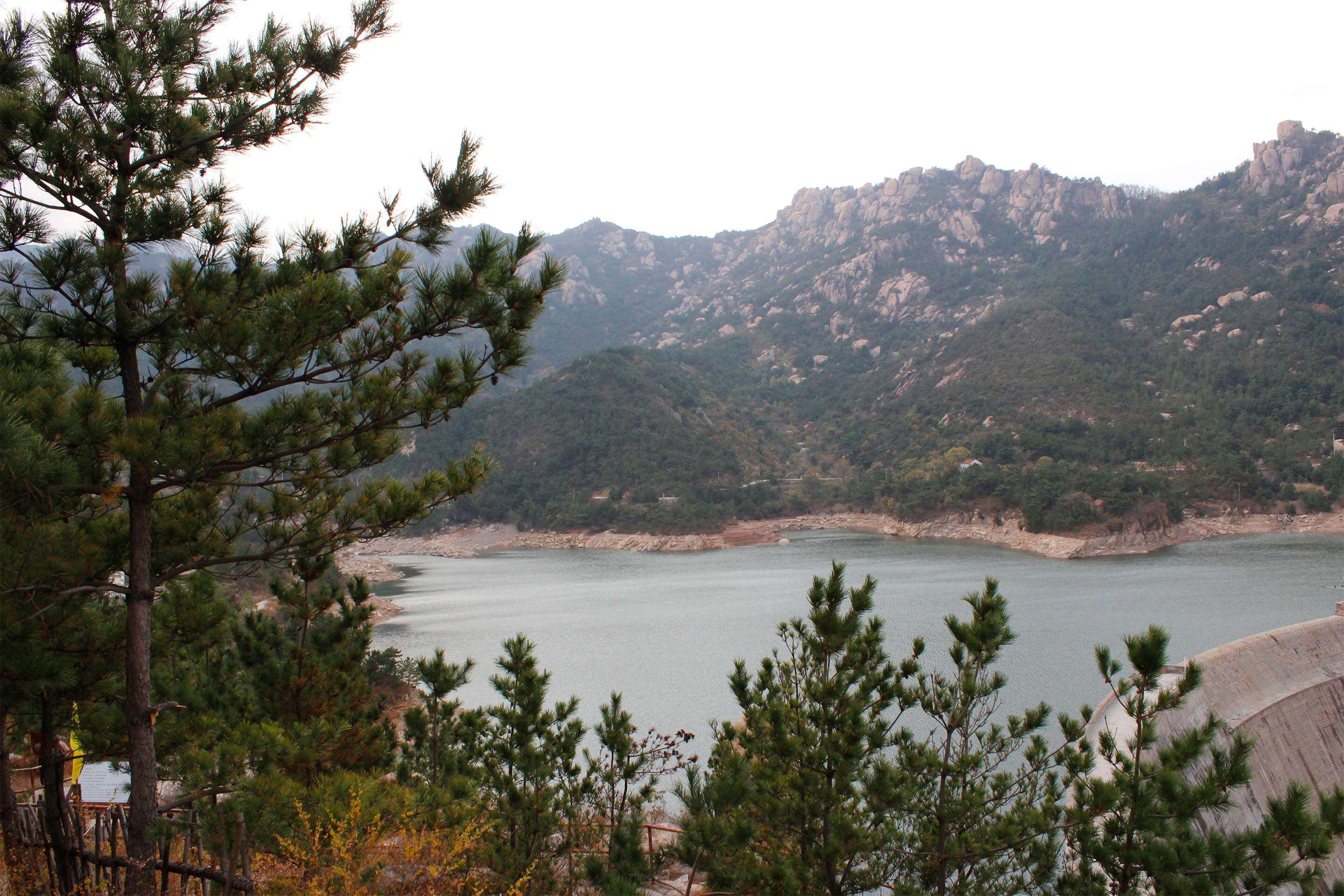



The Tea:
Tea in Laoshan has to be grown very differently than tea in southern China.
Triple-layered greenhouse coverings are used all winter to protect the tea from bitter cold. Shandong is consistently below freezing throughout the winter, and recent years have seen longer, colder winters than usual.
There is a constant threat of frost damage, often dramatically limiting spring harvests while plants recovers from hard winters.
Picking tea in early spring is extremely hard work. The greenhouse layer cannot be removed safely until after the early harvests are picked; even in May, night temperatures may still drop below freezing. This means getting up at 3 or 4 AM to get the picking done before the midday sun heats up the greenhouses too much to work. During the winter, greenhouse coverings mean that the He family has to dig irrigation ditches to direct mountain spring water into the covered rows of tea. Without irrigation, tea plants will not get the rainfall they would have received uncovered.
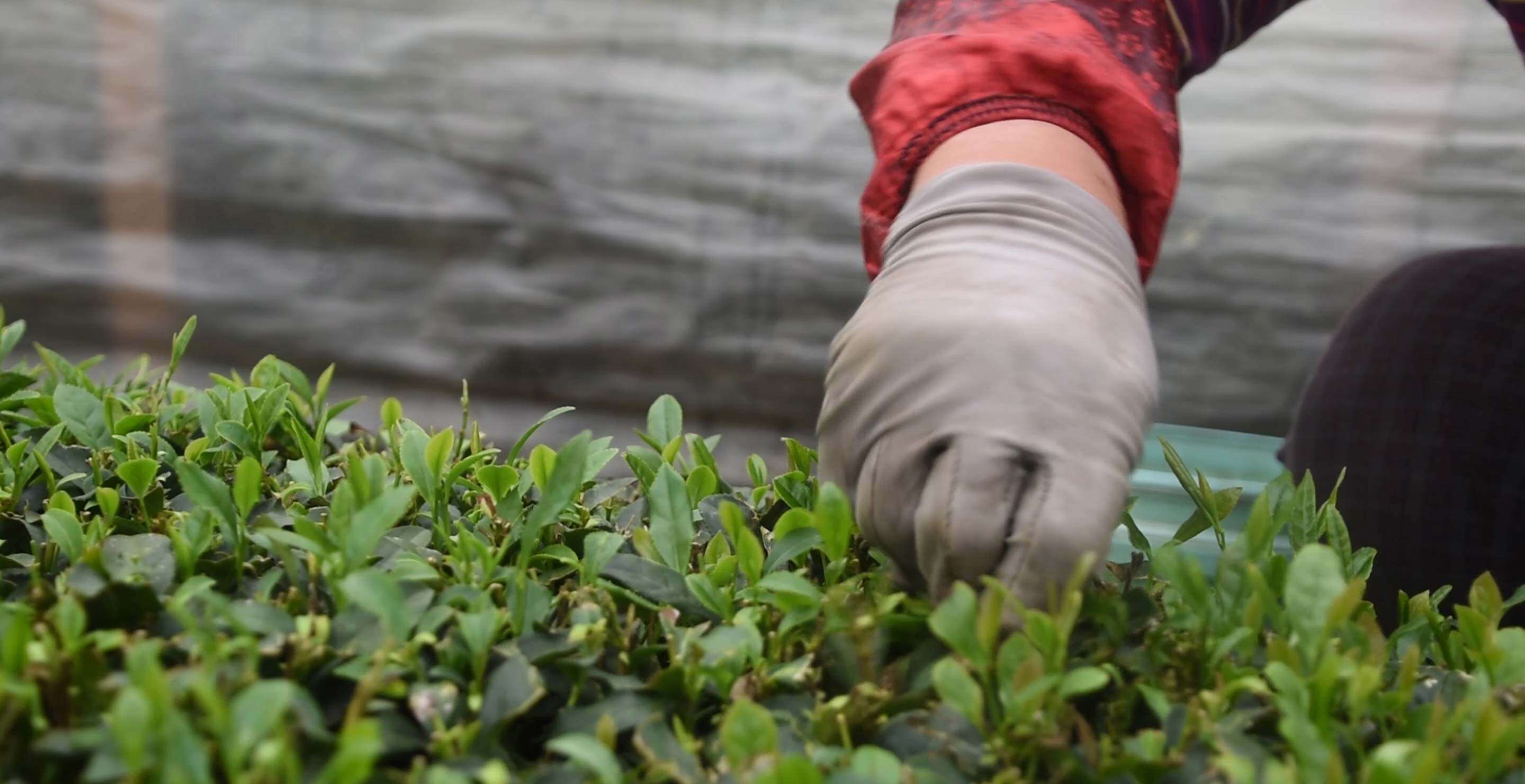





Mr. He has a degree in agricultural science and practices a strict organic crop rotation plan. The He family uses rows of soybeans to attract insects away from tea in high summer, and then mulches the soy bean plants in the autumn to restore nitrates to the soil.
Mr. He cuts back his family’s tea plants to the roots every five years or so to rest the soil and to encourage thick healthy growth of new leaves and buds. He has shared these sustainable farming techniques with the whole area, creating a healthy model that preserves the land for his daughters and granddaughter. Five year old Niuniu is already enjoying learning all about tea from her grandfather.




The earliest tea in Laoshan was Longjing Qunti varietal brought from Dragonwell village and planted at Taiqing temple in the mountain. Over several hundred years of genetic variation introduced by seed-propagation, this southern Chinese cultivar has adapted to Laoshan’s cold weather.
When the early communist cadres came to break up the temple’s land holdings as part of land reform, they worked to introduce tea as a potential crop to lift up the region, but couldn’t get it to grow on a commercial scale due to the challenges of cold weather tea farming and the strict discipline needed, which commune-style work-groups did not encourage.
Local legend has it that monks from Taiqing temple snuck back into their gardens and distributed seedlings to local farmers without permission from the commune, and that where the government efforts to grow tea had failed, individual families were succeeding in cultivating tea. Mr. He’s father was one of the original handful of farmers to plant seedlings, and his work was a model that the government ended up encouraging to help raise up a historically poor region.
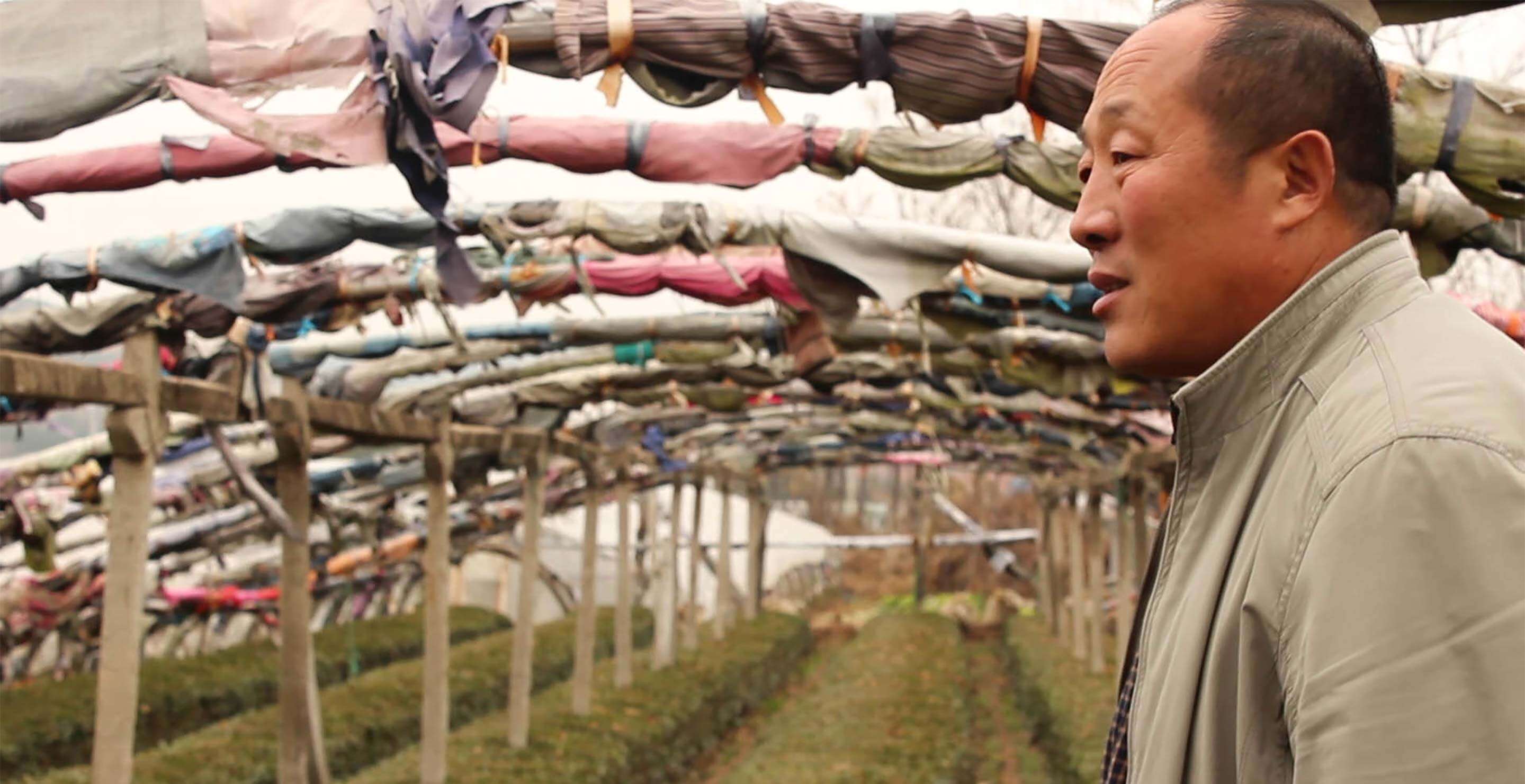



In the last five to ten years, Laoshan tea has begun to establish a name for itself in China and in the west, in part due to the He Family’s collaboration with Verdant Tea. It now enjoys enough fame for “fake” Laoshan tea grown in the south to be sold online and passed off as the real article. Despite being dishonest, it is a good sign for the region as an indicator of demand!
Unlike tea in Fujian or Zhejiang, the growing region around Laoshan Village is tiny, limited by the mountains that trap enough moisture in one microclimate to allow for healthy high quality tea.
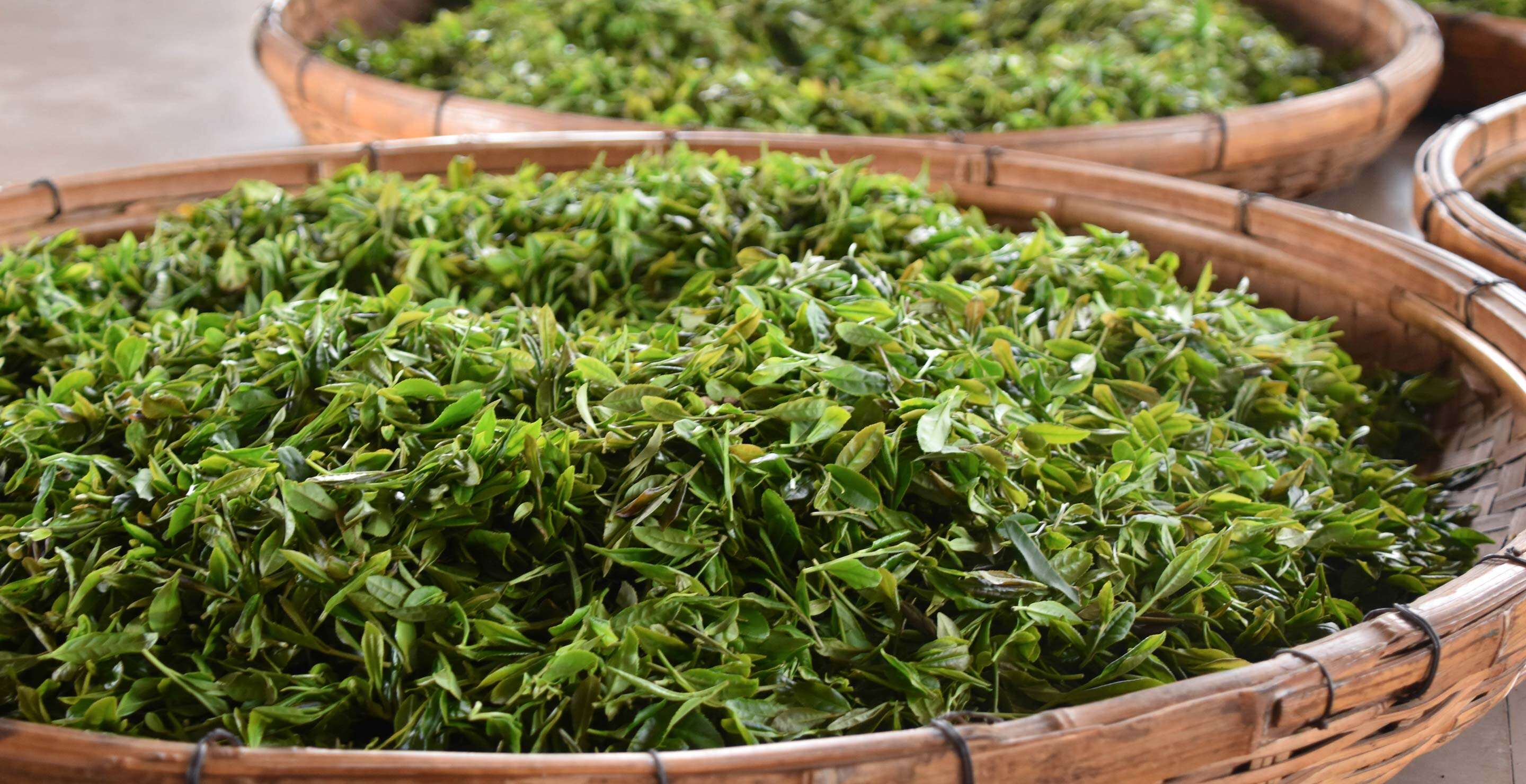

Today, the He Family cultivates tea plants established from Taiqing temple seedlings, and finishes green tea, black tea and oolong from the same leaves.
The Laoshan region is also home to massive biodiversity in the form of other plants and flowers that grow on the mountains slopes. The He Family is experimenting with using these for tea-style processing, including Goji leaf, Gan Zao Ye, Suan Zao Ye, Mulberry Leaf, and sweet potato leaf.
The diversity of plants available in the area and the strong drive to build the fame of the region has fueled a renaissance in both technique and craftsmanship.
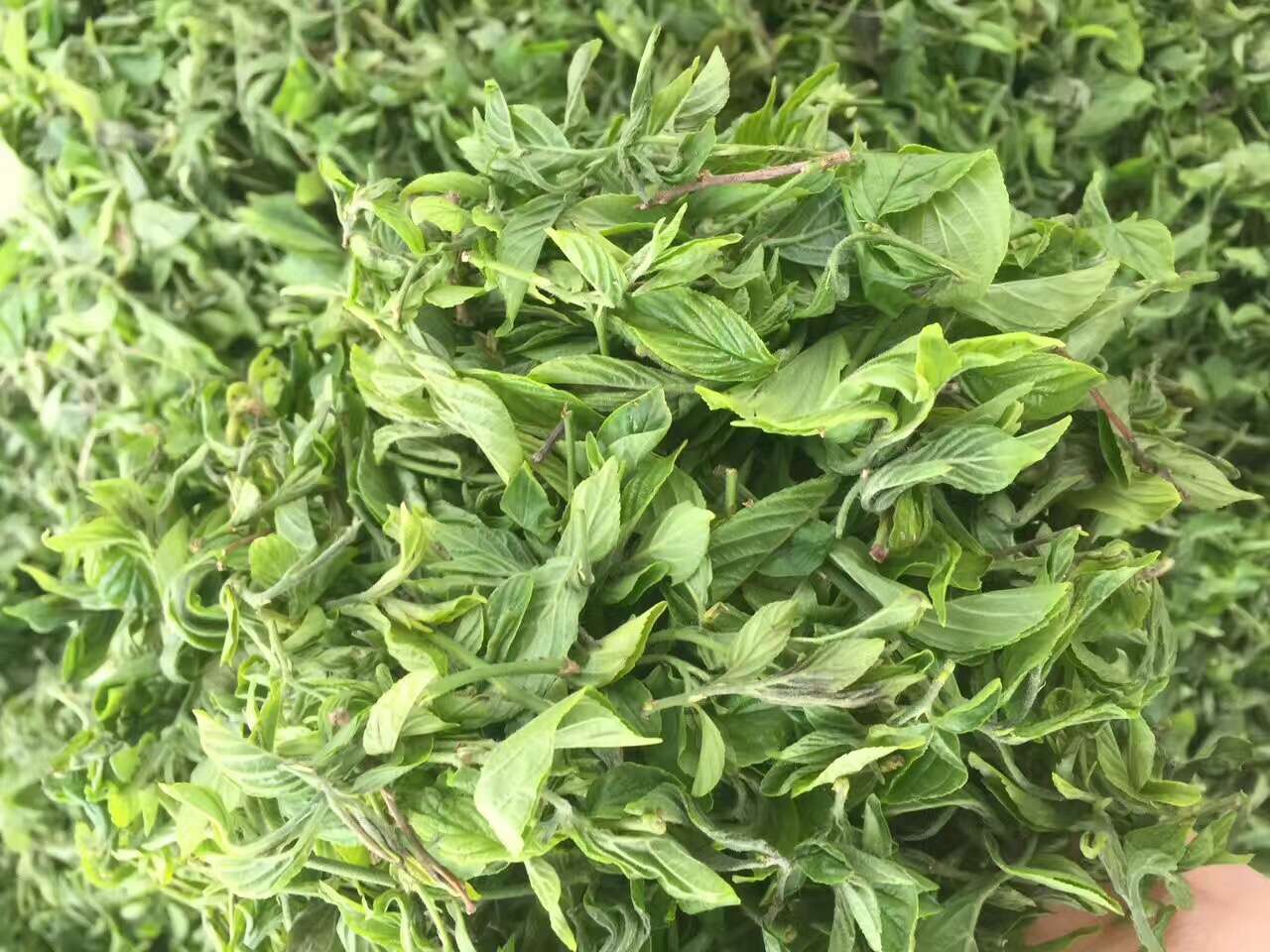

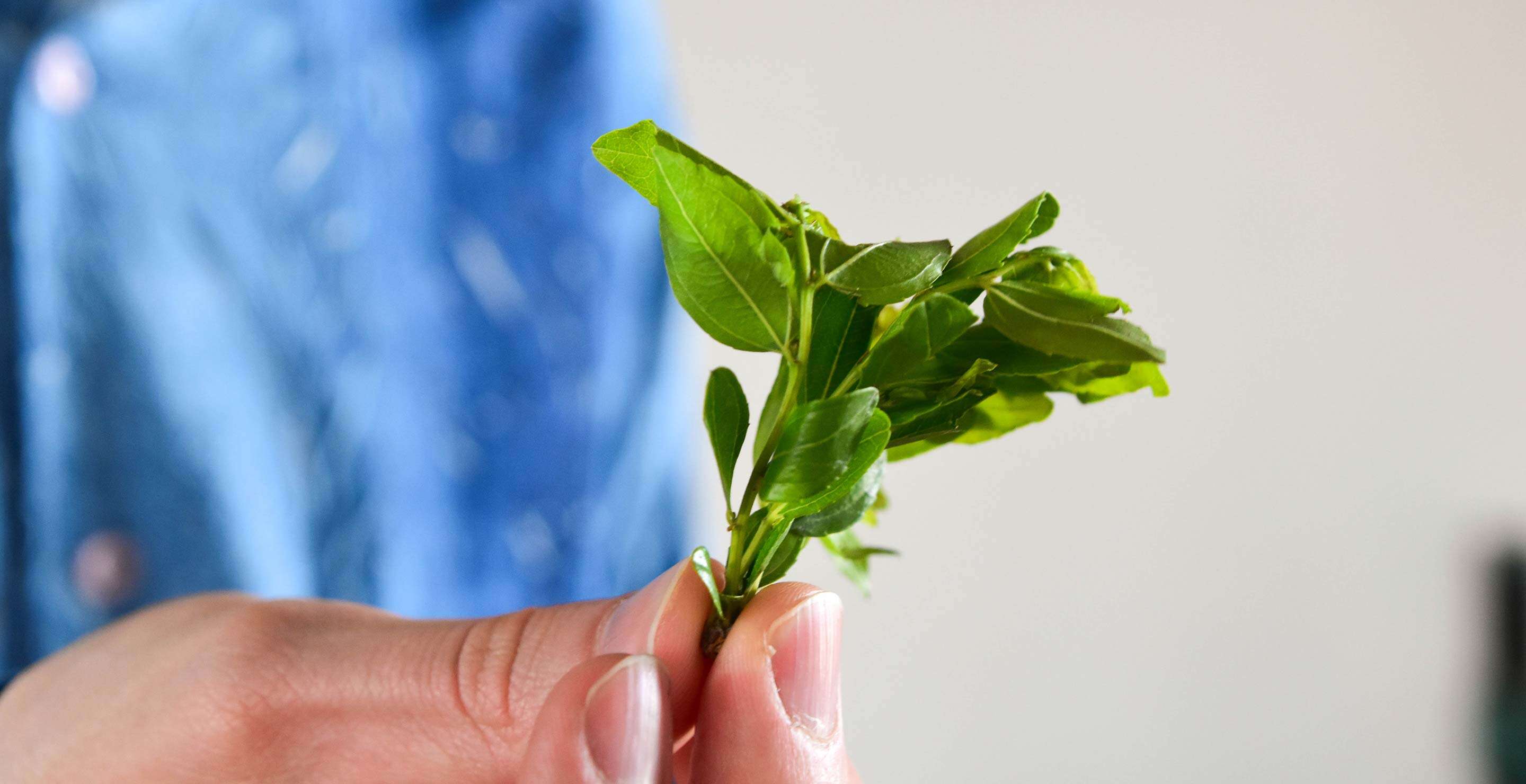



The People:
The He Family is our oldest partner, and we have been working closely with the whole family since we were undergraduate college students.
Verdant Tea grew out of the need to tell the He Family’s story, and they remain a daily inspiration for every aspect of our ongoing projects in tea.


Mr. He in Laoshan is the head of a farmer’s cooperative. Every farmer in the district maintains ownership of their land and of their tea leaves, but they all work together to agree on farming techniques so they can benefit from shared irrigation, crop rotation and planting diversion crops like soybeans.
Mr. He helps to directs the agriculture of the entire area, and his family home is at the heart of the He district of Laoshan, named for his family. He and his wife oversee the workshop where the entire district bring their tea for finishing. This way, neighbours do not each have to raise the capitol to build out their own workshops. By pooling resources, each farmer to achieve consistency and the volume needed to make a living devoted to tea.
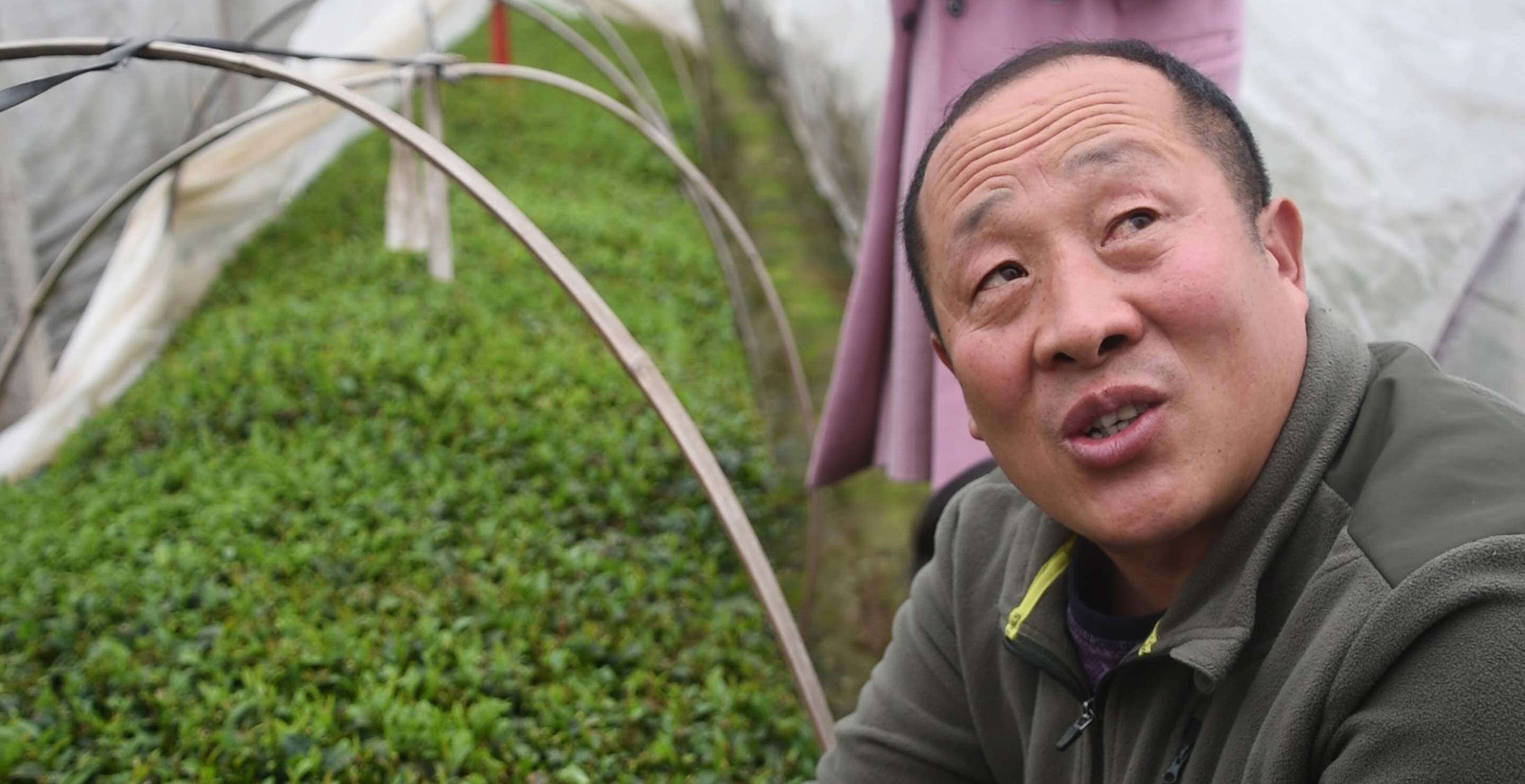



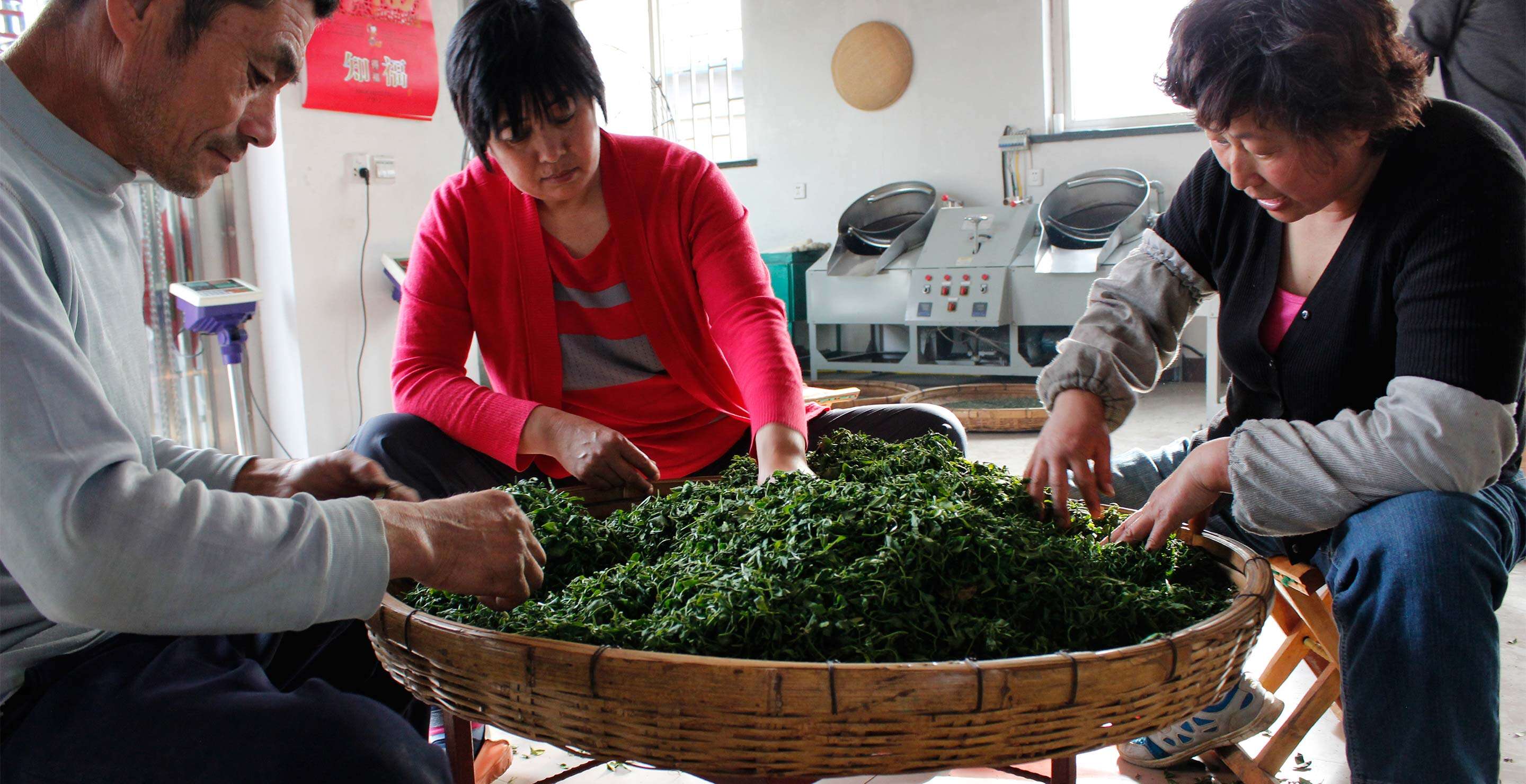

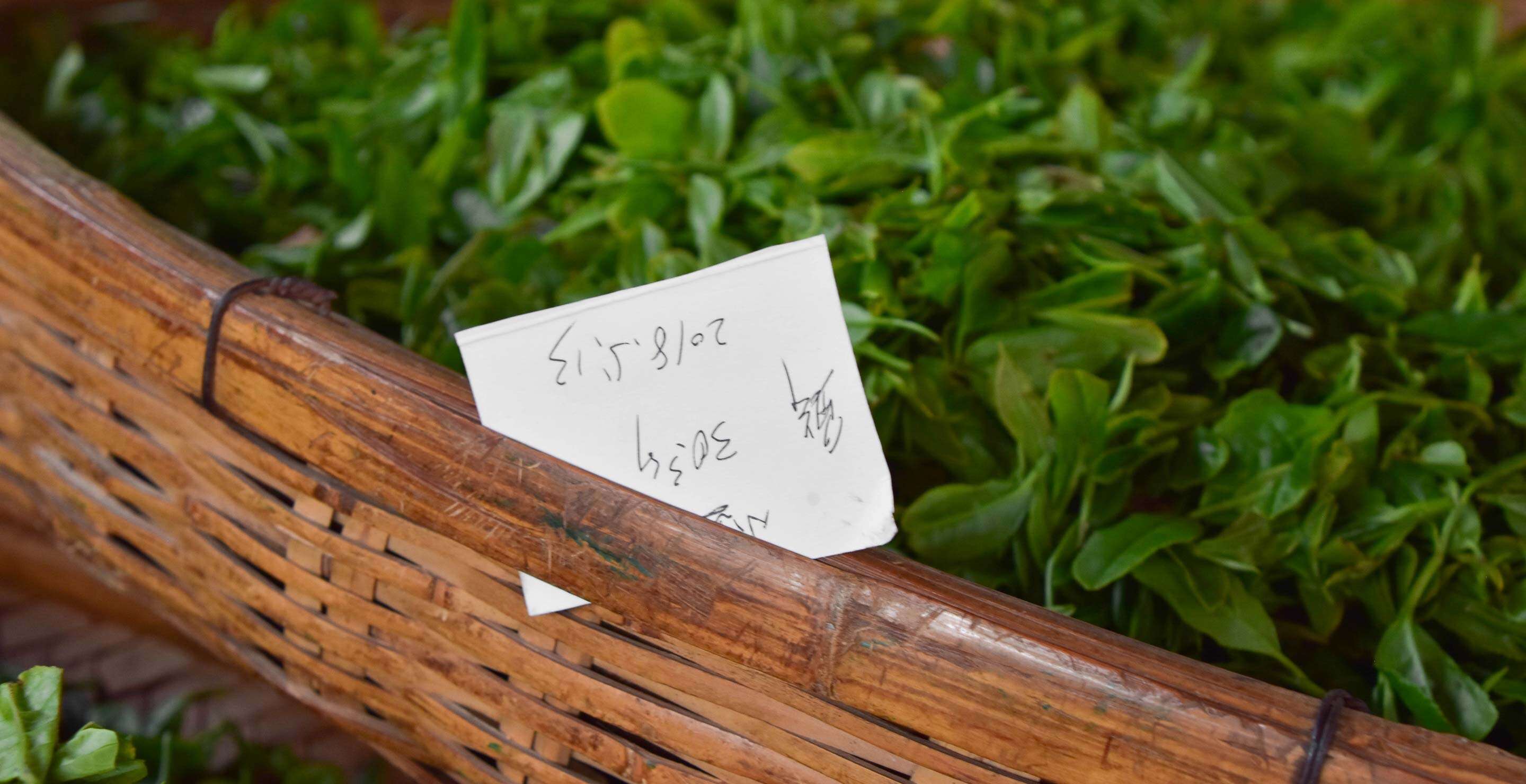

When Mr. He comes up with a new finishing technique, he shares it with everyone. For example, four years ago, there was no such thing as Laoshan Oolong tea. After developing the technique, the He Family shared it with their friends and neighbors, and now five other families make Laoshan Oolong. The tea is affectionately called “dou dou” tea (little bean tea) throughout Laoshan because of its curled ball finishing.
Mr. He works so hard to raise up the are because he wants all true Laoshan tea to show the world how spectacular the region can be. As a northerner in the tea industry, he is used to being dismissed by southern Chinese colleagues from more famous regions, and feels like it is his duty to work twice as hard for the honor of Laoshan and all of Shandong province.
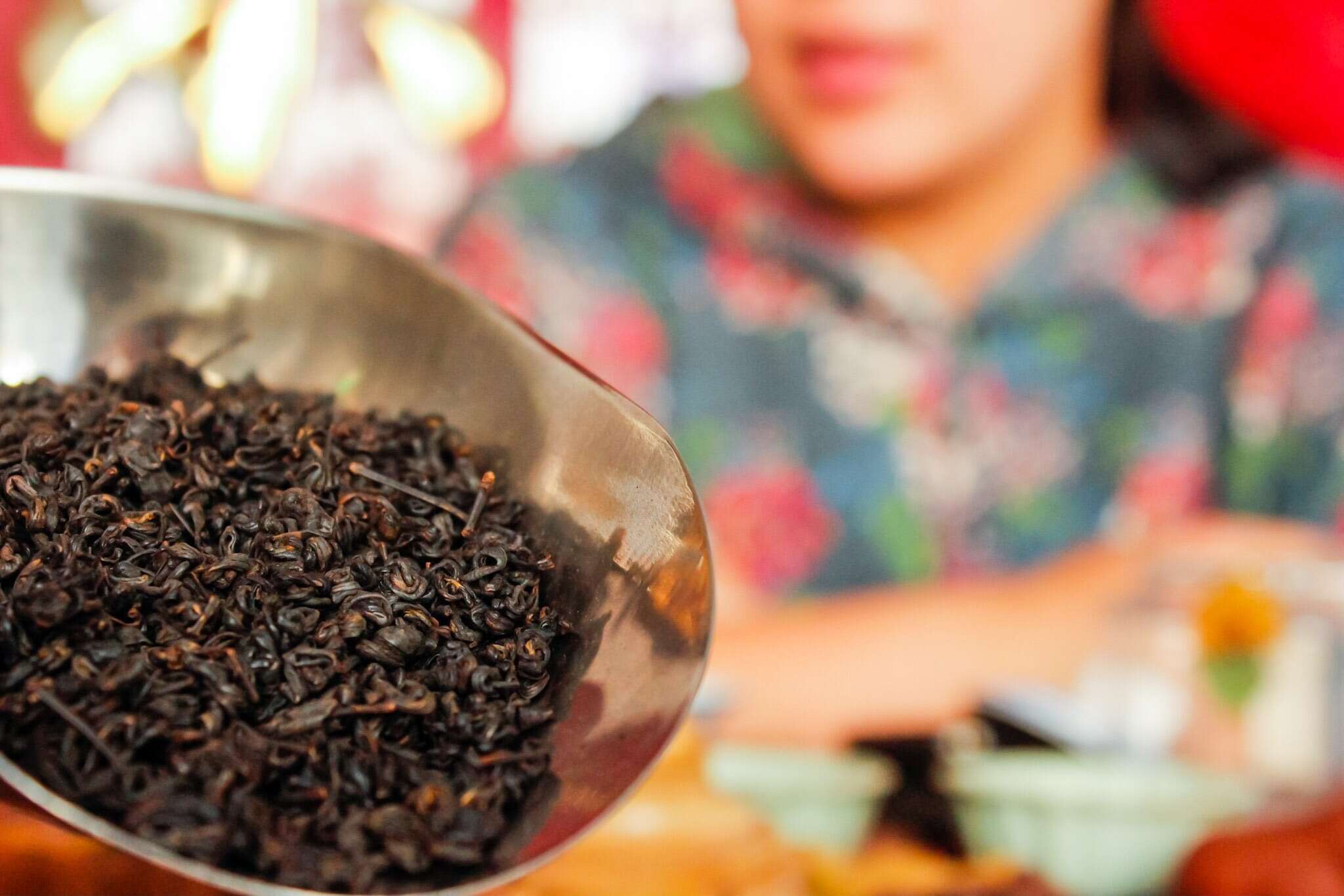

The people of Shandong are proud of being hearty, stoic and honest, and this cultural identity plays a big role in influencing tea production. The expression in Shandong is to “chi ku” or eat bitterness, which is to say that people are more than willing to suffer for what they love. It takes an immense amount of determination to grow tea in such a cold region, but people like the He Family take it all in stride and work to not just meet the standards of southern Chinese tea but exceed them.






Mr. He and his wife have two daughters and one granddaughter. Mr. He’s daughter He Qingqing is an equity owner of Verdant Tea in China, and works to sell her parents’ tea and enter competitions to win awards for the cooperative. Her five year old daughter Niuniu is already learning about tea tasting, and hopes to follow in her family’s footsteps. The interest of younger generations in carrying on the tradition is one of the key indicators of the health of an industry, and Mr. He knows that success depends on showing Niuniu and her peers that there is a future in tea, and that innovation, and commitment to quality can give them the comfort, and recognition that they deserve later in life.
The Craft:
Mr. He has put his degree in agricultural science to work for the cooperative by striving to adopt high tech equipment where it helps the most and hone hand craft where it makes the biggest difference in the process for a combined effect of the greatest consistency and the most depth of flavor.
Kickstart your tea discovery with a free tea sampler!
Just sign up for our daily deal newsletter and we'll send you a special coupon
In interviews with Mr. He, he has made clear that to him, craft starts in the fields with the choices he makes on how to water, how to manage crop rotation, when to cut back plants, and how and when to cover the tea.
The cooperative’s workshop has expanded over the last ten years from a single tumbler and curler, to having precise electric woks for oolong turning, hot air beds for hand-finishing biluochun, and perfectly dialed-in fan and heat set ups for air flow and baking during finishing and sha qing processing.






When Mr. He and his peers learned how to finish tea, only green tea was made in Laoshan. The He Family has led their cooperative in exploring how the unique flavor of the rocky soil and sweet spring water express themselves in black teas, several styles of green tea, and even oolong tea.
As their toolset of equipment and techniques has expanded, the He Family has been able to work on some incredible projects such as finishing goji leaf and jujube leaf as a green tea instead of simply air-drying them. The He Family has also started experimenting with scented teas, wild-foraging Laoshan osmanthus and using it to scent roasted oolong.




When he finishes any tea, Mr. He’s goal is for it to truly evoke the place of Laoshan as soon as the leaves start to unfurl. Indeed, every tea the He Family produces has a distinctive taste that is easy to place as the flavor of Laoshan. The base notes of Laoshan tea are full of sweet minerality, while the texture and flavor evoke bean and malt. Processing style and seasonal harvests bring interesting variations to this baseline, but already, craftspeople like the He Family have begun to establish the flavor that Laoshan is becoming famous for.
It will be exciting to see how the region continues to develop in the next decade!
While many of the great innovations in tea seem like part of distant history or legend, Laoshan is exciting because it is a living, breathing example of change. It is a region on the verge of gaining national fame for the incredible sweet and aromatic tea they are producing, a tea whose flavor can only come about in the uniquely cold ocean climate that would normally make tea growing impossible.
Kickstart your tea discovery with a free tea sampler!
Just sign up for our daily deal newsletter and we'll send you a special coupon


 How To
How To Myths & Legends
Myths & Legends Travelogue
Travelogue Tasting Journal
Tasting Journal Talking Shop
Talking Shop Tea 101
Tea 101 Watch
Watch Teaware
Teaware News
News
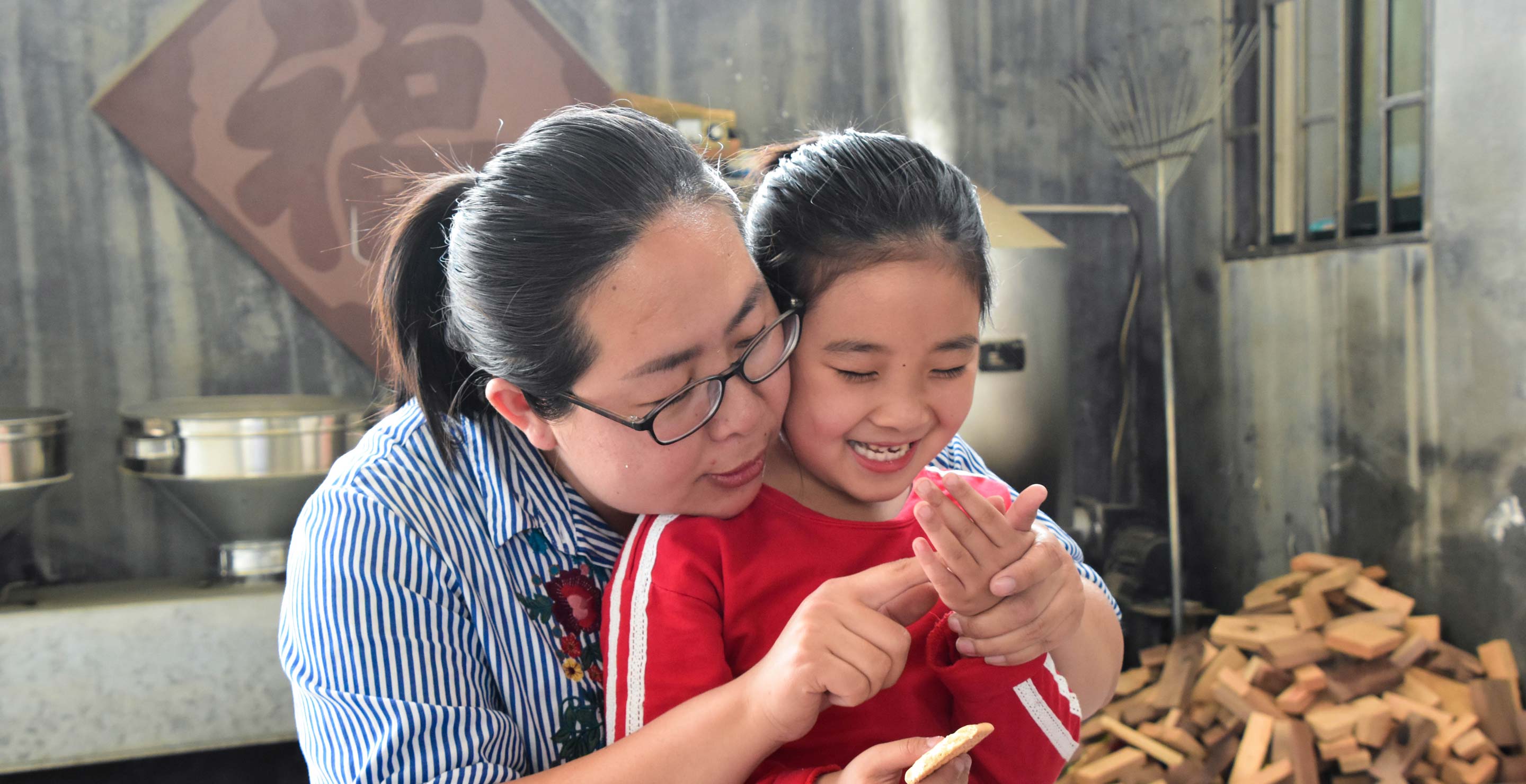




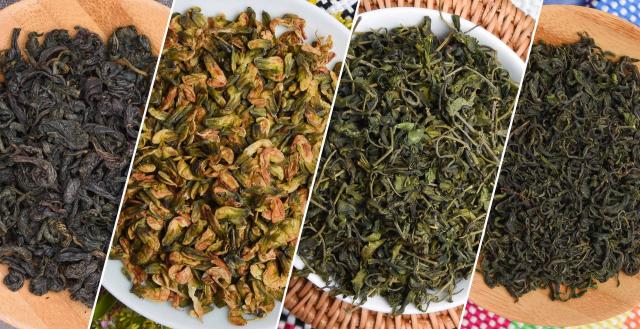
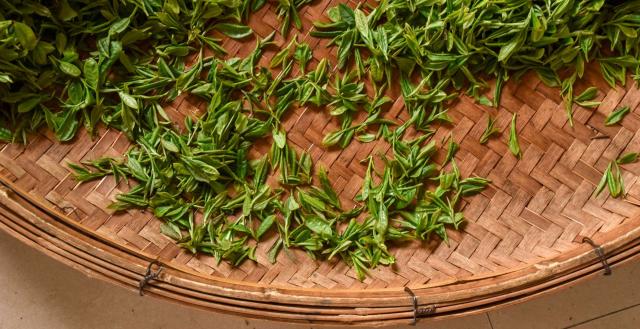


















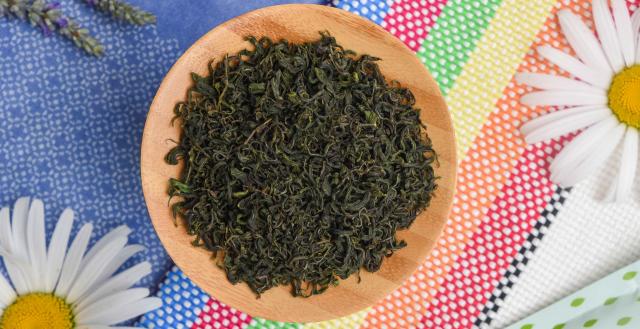

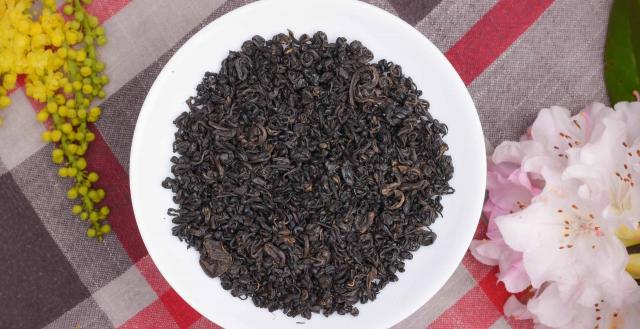
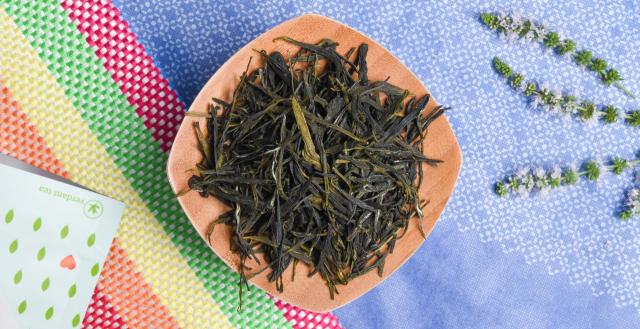




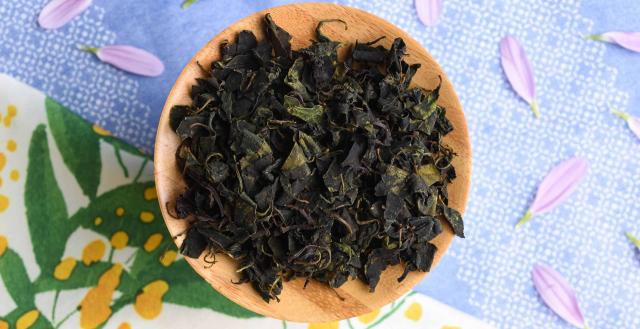

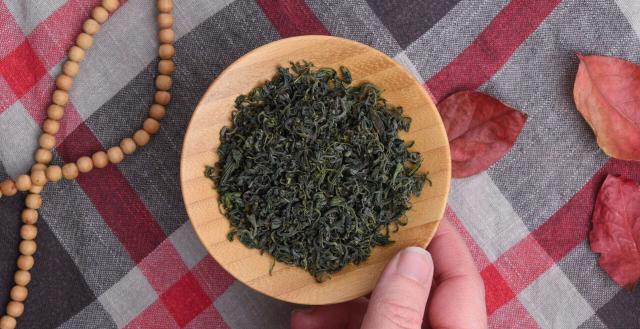
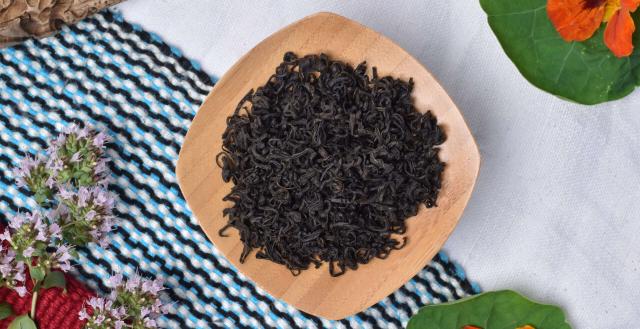
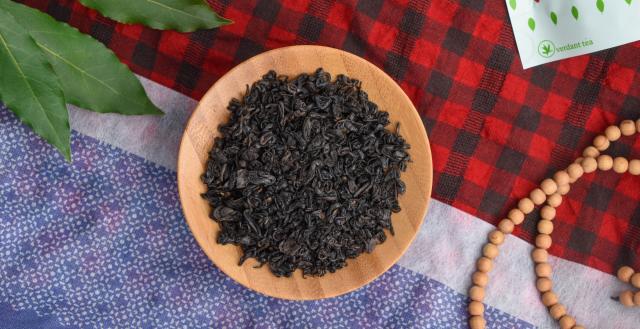




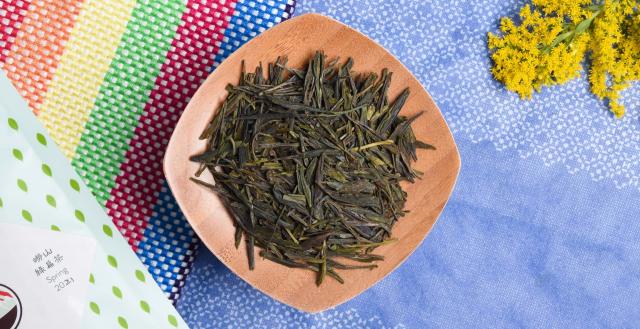

Leave a Reply